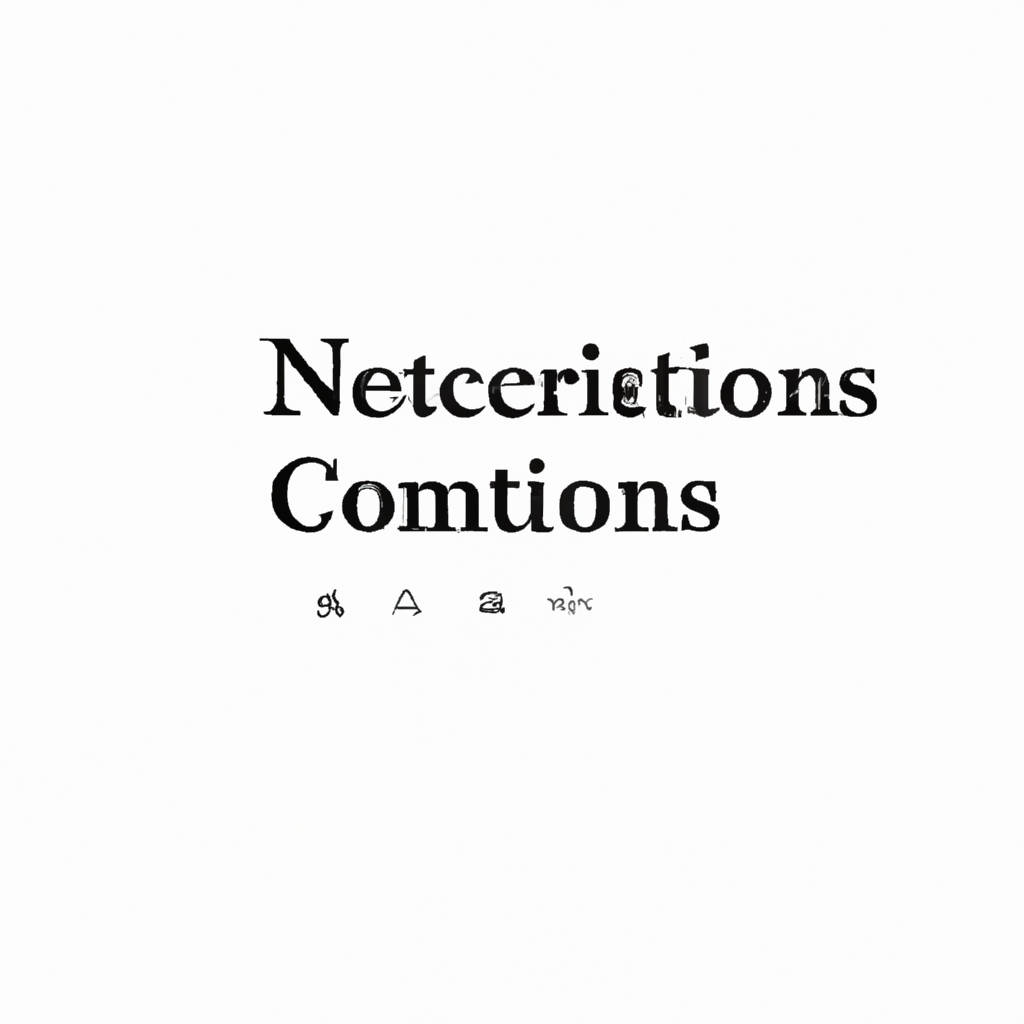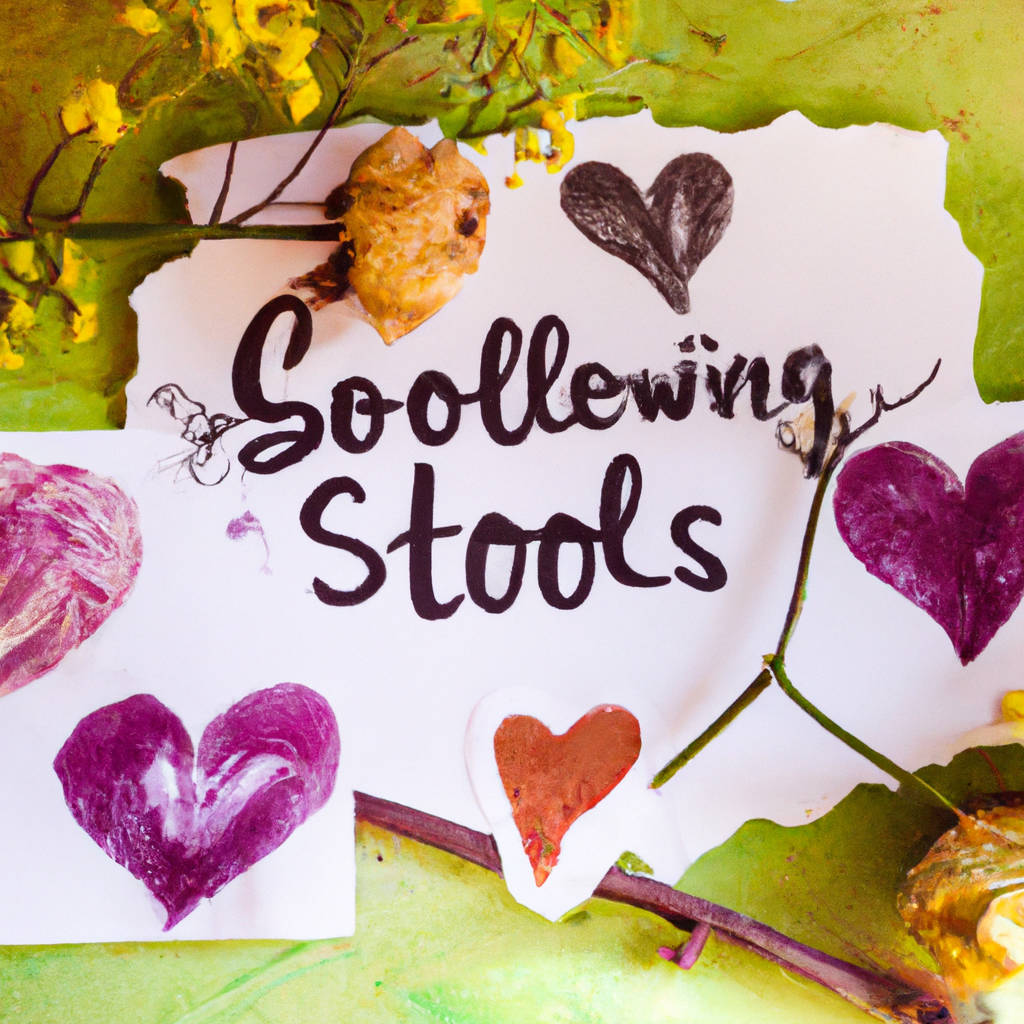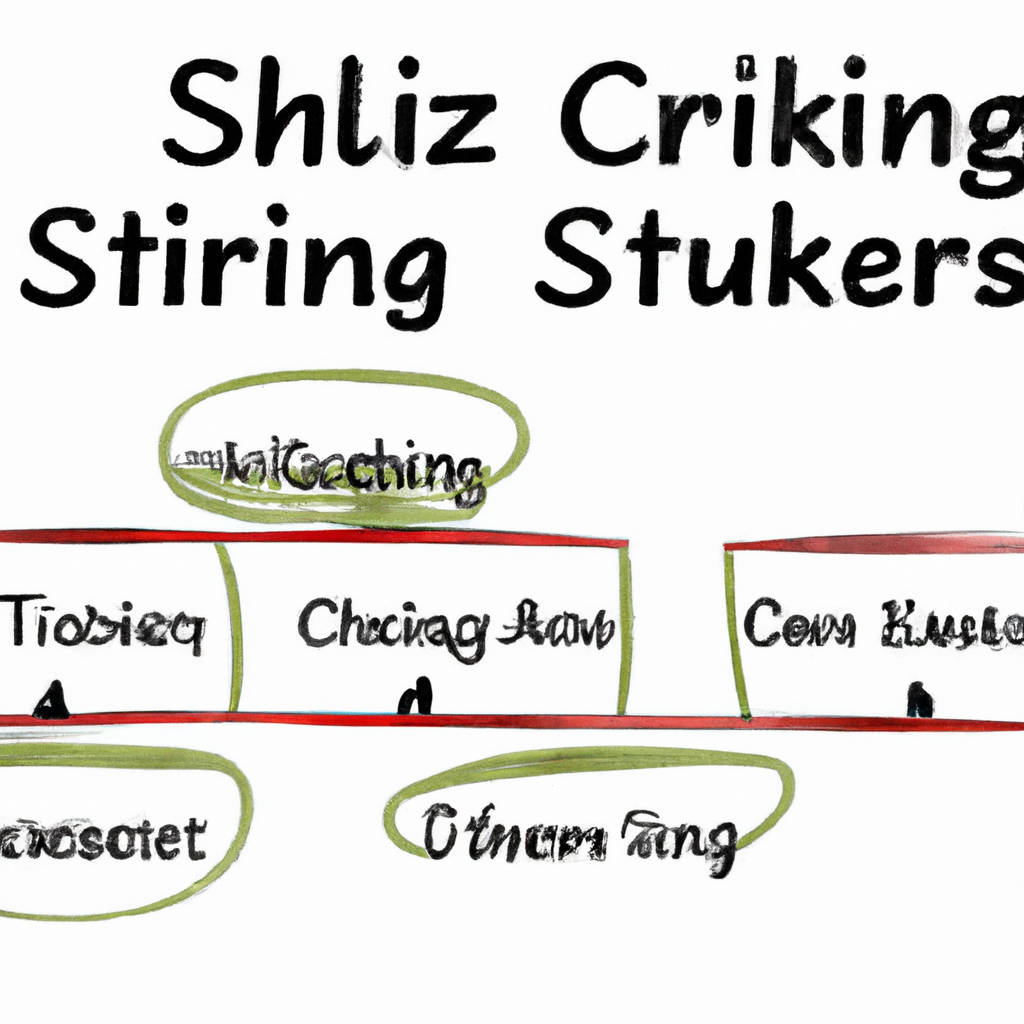The New York Times recently introduced a new feature called ‘Connections,’ which provides hints and answers to readers seeking assistance with crossword puzzles. This innovative tool has been met with mixed reviews, with some praising its ability to help with tricky clues and others questioning the ethics of using such a resource. Some argue that ‘Connections’ provides an unfair advantage to those who use it, while others believe that it simply levels the playing field for all crossword enthusiasts.
Ultimately, the decision to use ‘Connections’ is a personal one, with each individual weighing the benefits of finding solutions quickly against the potential loss of satisfaction that comes from solving a puzzle on one’s own. As crossword puzzles continue to be a popular pastime for many, it will be interesting to see how the introduction of ‘Connections’ shapes the future of puzzling for both casual solvers and dedicated enthusiasts.

Clue Interpretation Tips
When it comes to interpreting clues, there are a few key tips to keep in mind to help you solve the puzzle. First, pay close attention to details. Look for any patterns, hidden messages, or inconsistencies that may provide valuable information. It’s also important to consider the context in which the clue is presented. Is it related to a specific theme or topic? Understanding the context can often lead to a clearer interpretation of the clue.
Additionally, think outside the box. Sometimes the most logical answer may not be the correct one, so don’t be afraid to explore alternative interpretations. Another helpful tip is to collaborate with others. Brainstorming with a group can lead to new ideas and perspectives that you may not have considered on your own. Finally, trust your instincts. If a certain interpretation feels right to you, don’t second-guess yourself. Sometimes our intuition can lead us to the correct solution. By following these tips, you can improve your clue interpretation skills and increase your chances of solving the puzzle successfully.
Spotting Theme Relationships
Spotting theme relationships in a piece of literature or art involves identifying the underlying messages and connections that tie different elements together. By analyzing the symbols, motifs, and character developments within a work, one can uncover the central themes that drive the narrative forward. These themes often serve as the foundation for the story, providing the reader with a deeper understanding of the author’s intent and the overall message being conveyed.
Recognizing theme relationships can also help readers make connections between seemingly disparate elements, leading to a more cohesive and comprehensive interpretation of the work as a whole. Ultimately, spotting theme relationships allows individuals to engage with the material on a deeper level, gaining insight into the underlying meanings and messages that shape the story’s structure and impact. By paying attention to the subtle nuances and patterns that emerge throughout a piece, readers can unlock the thematic connections that drive the narrative forward, enriching their overall experience and appreciation for the work at hand.

Common Word Associations
Word associations are a fascinating aspect of language and psychology, as they reveal the connections our brains make between different concepts. These associations can be influenced by a variety of factors, such as culture, personal experiences, and education. For example, when someone hears the word “dog,” they may immediately think of words like “bark,” “loyal,” or “fetch.” These associations are formed through repeated exposure to certain words in specific contexts.
However, not all word associations are positive or neutral. Some words may evoke negative or even traumatic memories, leading to associations that are uncomfortable or distressing. Understanding common word associations can help us communicate more effectively and empathetically with others, as we can anticipate how certain words may be interpreted or trigger emotional responses. Additionally, word associations can provide valuable insights into how our minds organize and process information, shedding light on the complexities of human cognition.
By studying these connections, researchers can better understand language development, memory, and thought processes. In conclusion, word associations are a rich and complex aspect of human language that offer a window into the inner workings of our minds.
Strategies for Linking Clues
When it comes to linking clues in an investigation, there are several strategies that can be employed to help connect the dots and uncover the truth. One effective approach is to look for patterns or similarities among the clues that have been gathered. By identifying commonalities in the evidence, investigators can begin to piece together a more complete picture of what may have occurred.
Another helpful strategy is to consider the timing of events and how they may be related to one another. By establishing a timeline of events, investigators can better understand the sequence of actions that took place and how they may be linked. Additionally, it can be useful to consider the relationships between individuals involved in the case and how these connections may have played a role in the events that transpired. By examining the social dynamics at play, investigators may uncover valuable insights that can help them link clues and solve the case.
Finally, it is important for investigators to remain open-minded and willing to consider all possible explanations for the evidence that has been gathered. By approaching the investigation with a flexible mindset, investigators can more effectively link clues and arrive at a comprehensive understanding of the situation at hand. Ultimately, by employing these strategies for linking clues, investigators can enhance their investigative efforts and bring about a resolution to the case at hand.

Revealing Today’s Answers
In today’s fast-paced and interconnected world, the desire for instant gratification and quick solutions has led to a rise in the popularity of revealing today’s answers. Whether it be through online forums, social media platforms, or even just a simple Google search, people are increasingly turning to the internet to find the answers to their questions and problems. This trend has both positive and negative implications.
On one hand, having access to a wealth of information at our fingertips can be incredibly empowering and can help us make more informed decisions. It can also facilitate collaboration and knowledge-sharing among individuals from all walks of life. However, on the other hand, the ease of access to information can also lead to a reliance on quick fixes and surface-level solutions, rather than taking the time to fully understand and address complex issues. Additionally, the spread of misinformation and biased opinions can further muddy the waters and make it difficult to discern fact from fiction.
In a world where information is constantly at our disposal, it is more important than ever to approach the process of revealing today’s answers with a critical mindset and a discerning eye. By taking the time to verify sources, consider multiple perspectives, and engage in thoughtful discussion, we can ensure that we are truly uncovering the most accurate and valuable insights available. Ultimately, the trend of revealing today’s answers is a reflection of our society’s thirst for knowledge and understanding, and it is up to each individual to navigate this vast sea of information with care and intention.